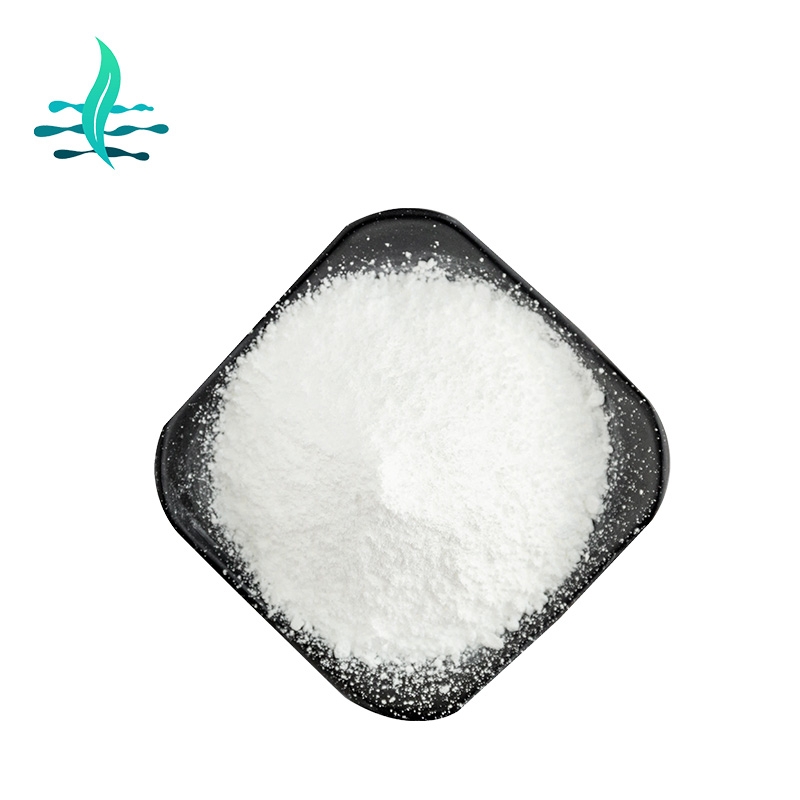Natural Products
- • Lignans (182)
- • Xanthones (46)
- • Flavonoids (454)
- • Terpenes (769)
- • Iridoid Derivatives (92)
- • Coumarin and Derivatives (121)
- • Phenols (335)
- • Steroids (103)
- • Phenylpropanoids (75)
- • Anthraquinone and Derivatives (16)
- • Chalcones (47)
- • Alkaloids (491)
- • Quinone Ring (28)
- • Sesquiterpene (228)
Related News
-
Credit Suisse triggers anxiety, international crude oil and natural gas collectively plummet
2023-03-16 -
Germany's annual natural gas imports fell by more than 10%
2023-01-17 -
Turkey announces discovery of 58 billion cubic meters of natural gas in Black Sea
2022-12-28 -
Natural gas: Sinopec and Qatar Energy signed a long-term purchase agreement
2022-12-01 -
The EU proposes to set a price ceiling of 275 euros per megawatt hour for natural gas
2022-11-24 -
German natural gas storage facility reaches 100% gas storage capacity
2022-11-22
Coumarin and Derivatives
Scopoletin
(92-61-5)-
Pharmacy Grade / 99%
-
- / 99.00%
-
Industrial Grade / 99%
-
![Scopoletin buy Scopoletin]()
Request for quotation , get quotes from more suppliers.
-
![(-)-Praeruptorin A buy (-)-Praeruptorin A]()
Industrial Grade / 99.0%
-
![(-)-Praeruptorin A buy (-)-Praeruptorin A]()
-
![(-)-Praeruptorin A buy (-)-Praeruptorin A]()
Industrial Grade / 99%
-
Request for quotation , get quotes from more suppliers.
Psoralidin
(18642-23-4)-
Industrial Grade / 99%
-
![psoralidin buy psoralidin]()
Industrial Grade / 99.0%
-
![psoralidin buy psoralidin]()
-
![psoralidin buy psoralidin]()
Request for quotation , get quotes from more suppliers.
Coumestrol
(479-13-0)-
-
Pharmacy Grade / 99%
-
![COUMESTROL buy COUMESTROL]()
Industrial Grade / 99%
$0.2/KG EXW
-
![COUMESTROL buy COUMESTROL]()
Request for quotation , get quotes from more suppliers.
(+)-Byakangelicin
(482-25-7)-
Industrial Grade / 99%
-
- / 99.00%
-
Industrial Grade / 99%
-
![BYAKANGELICIN buy BYAKANGELICIN]()
Request for quotation , get quotes from more suppliers.
Source Coumarin and Derivatives Products Supply
Wedelolactone
(524-12-9)-
- / 99.00%
-
![WEDELOLACTONE buy WEDELOLACTONE]()
Industrial Grade / 99%
-
![WEDELOLACTONE buy WEDELOLACTONE]()
-
![Wedelolactone buy Wedelolactone]()
Request for quotation , get quotes from more suppliers.
Scopolin
(531-44-2)-
- / 99.00%
-
Industrial Grade / 99%
-
![Scopolin buy Scopolin]()
-
![Scopoline buy Scopoline]()
Request for quotation , get quotes from more suppliers.
Bergaptol
(486-60-2)-
![BERGAPTOL buy BERGAPTOL]()
- / 95%
-
![BERGAPTOL buy BERGAPTOL]()
-
![BERGAPTOL buy BERGAPTOL]()
-
![Bergaptol buy Bergaptol]()
Request for quotation , get quotes from more suppliers.
Fraxinol
(486-28-2)-
- / 99.00%
-
Industrial grade / 99%
-
Industrial Grade / 99%
-
![FRAXINOL buy FRAXINOL]()
- / 95%
Request for quotation , get quotes from more suppliers.
Daphnoretin
(2034-69-7)-
Industrial Grade / 99%
-
Pharmacy Grade / 99%
-
![daphnoretin CAS NO 2034-69-7 buy daphnoretin CAS NO 2034-69-7]()
Industrial Grade, Feed Grade, Food Grade, Pharma Grade / 99%
$11.11/KG EXW
-
![Daphnoretin buy Daphnoretin]()
Request for quotation , get quotes from more suppliers.




































